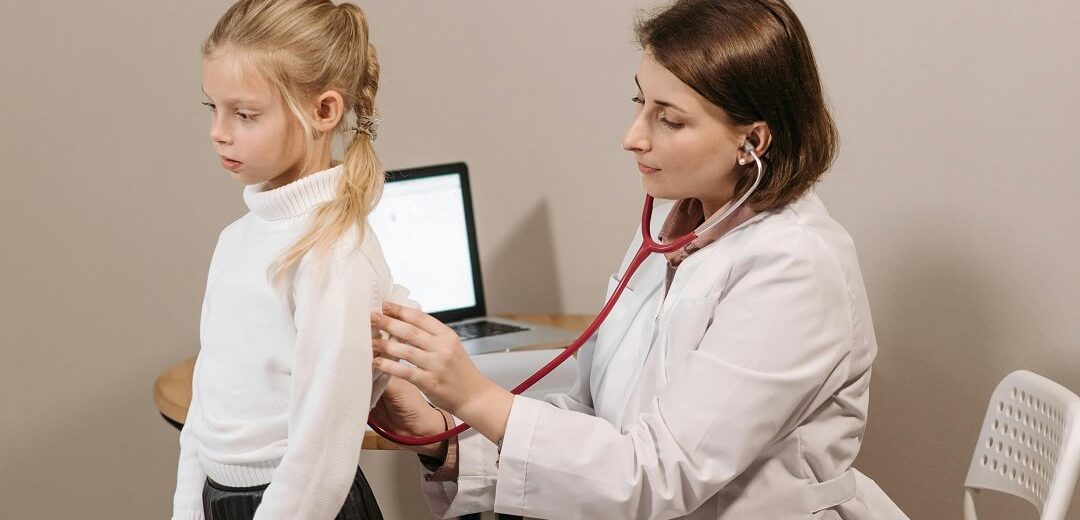Every year, as the summer comes to an end and we prepare for another school year, parents have a list of annual tasks to perform. They need to get their children registered for school, shop for notebooks, pens, and other school supplies, and schedule a physical exam with their doctors. While parents are very familiar with the routine, not everyone thinks about how important this yearly physical examination is.
School-age children are growing and developing, and regular physicals play an important role in that process. Yearly exams help health providers detect potential health issues early, ensure that children are healthy and able to participate in school activities – including sports – and help children develop standards for preventative care and healthy habits.
Why Every Year?
Yearly exams allow doctors and parents to track a child’s growth and development over time, ensuring they are meeting milestones and identifying areas of concern. This helps to establish a medical history and allows doctors to identify any potential health problems early – such as vision or hearing impairments, heart conditions, or developmental delays – before they impact a student’s learning or participation in activities.
Schools often require annual physicals for these reasons and more. Even if a student is not planning to participate in organized sports, physical education will be an important part of their curriculum, and schools need to ensure that they are physically fit to participate. They also want to identify any risks associated with specific physical activities and sports.
Yearly exams also help children develop healthy habits. During the physical, doctors can discuss important health topics with students and their families, including nutrition, exercise, sleep, and mental health, encouraging healthy lifestyle choices. This is also a great time for children and parents to ask any questions they may have.
Building Healthy Habits for Life
We want our children to be healthy and to develop healthy habits, and annual physical exams play an important role in this. They help to normalize routine medical care from a young age. They teach kids to listen to their bodies and speak up about pains or concerns. They help to create an open relationship between family and healthcare providers.
These annual visits encourage children to lead active, healthy lifestyles.
For children who participate in sports, these healthy habits can include tips and guidance for injury prevention and recovery. An exam can include movement screening and flexibility assessments to identify injuries or conditions that may need extra care. It can also provide an opportunity to address prior injuries and create safe return-to-play plans.
Developing healthy routines and habits will benefit your children long beyond their school years and, hopefully, for the rest of their lives.
Final Tips for Parents
Since annual exams are so routine, it may be easy to overlook the opportunities they present each year. Before you go, ensure you are prepared. Bring any relevant information – any required forms, current medications, relevant medical history, etc. Take time to prepare any questions you may have for your provider about your child’s health and activities. Encourage honest conversation between your child and provider. Make sure they are prepared to ask questions they may have as well.
Annual physicals aren’t just an item to check off a list – they are a key part of healthy development. Make sure you and your child are getting the most out of the opportunity.





